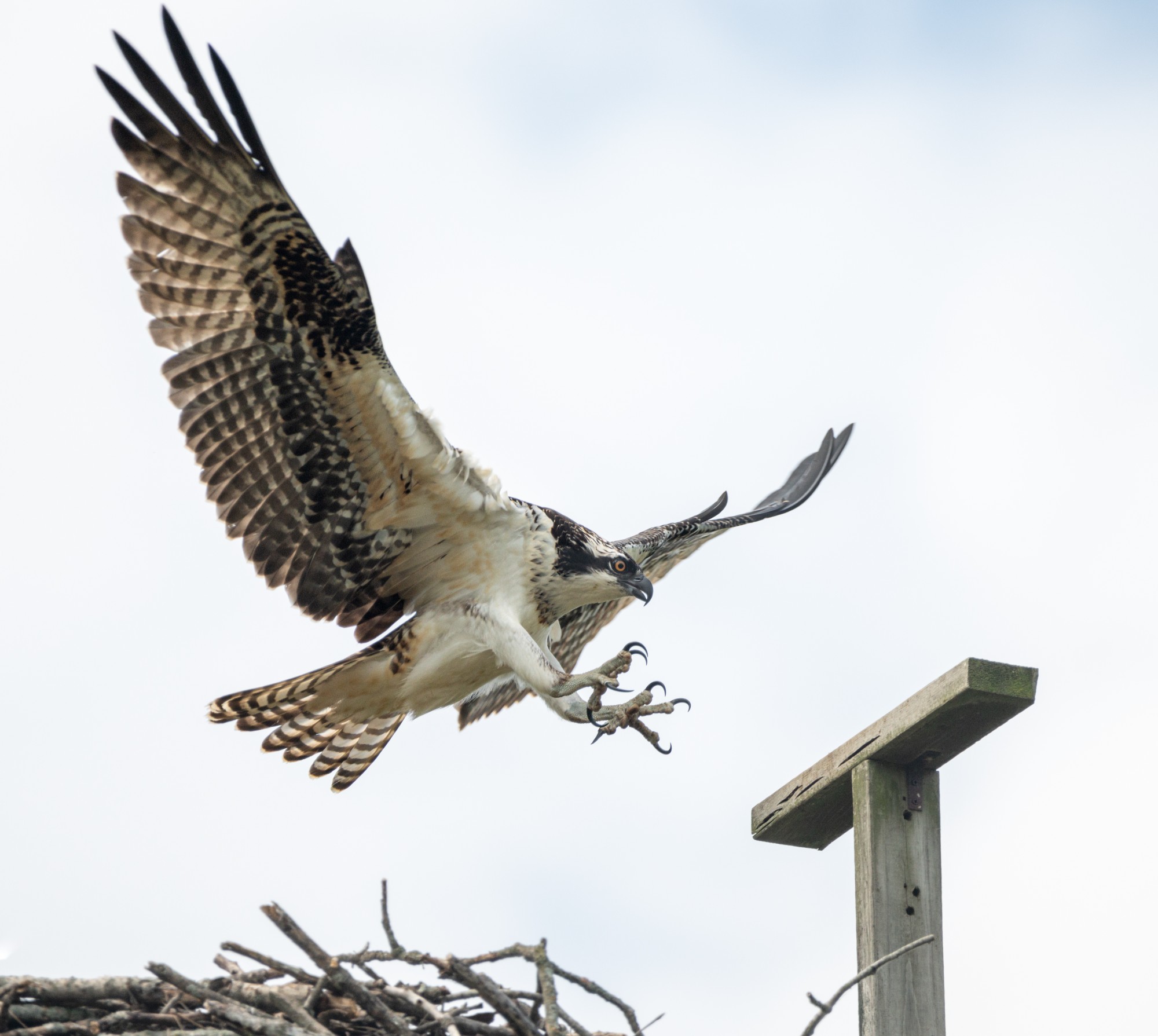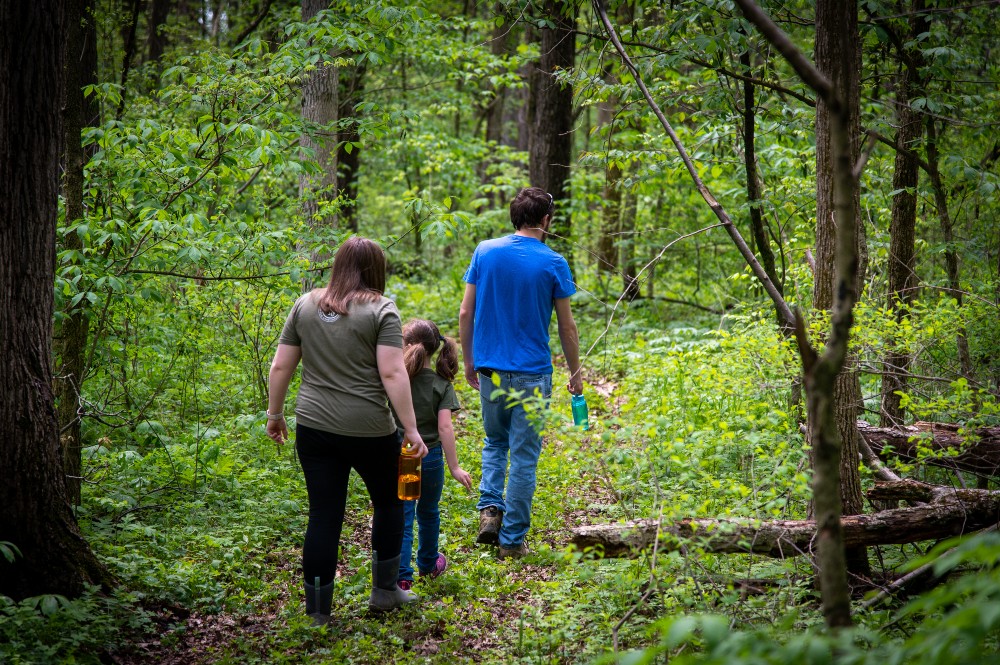Have you noticed how the world seems to seep silence after a snowfall? How a hush rolls over the newly sparkling landscape? It’s not your imagination– the great outdoors is actually quieter after a snowstorm and there’s some pretty fascinating science that explains why.
Snow’s very existence requires cold weather. As temperatures drop, people and wildlife seek shelter to stay warm, whether that is for a steamy cup of cocoa or for survival. Less people outside generally means lower noise from traffic, construction and other commotion our daily lives create. Wildlife too stays still and quiet, with some notable exceptions you’ll read later.
While human and wildlife factors coming to a halt contribute to quietude, it has more to do with how soundwaves move through the air, though more precisely, how they do not.
Soundwaves need uninterrupted air to travel distances. The space between snowflakes creates pockets that trap sound. More so, the structure of a snowflake has open spaces that absorb sound. Within fluffy new snow drifts are pores that dampen sound waves, much like the foam you can use to soundproof a room.
A study from the University of Kentucky found that just a couple of inches of fluffy snow can absorb up to 60 percent of ambient noise. So, at least for a couple of hours after a swirling winter storm passes by, we can revel in the pensive silence.
But, as aforementioned, not all wildlife are still. The birds that stay in Indiana year-round are often active and pierce the quiet landscape. Few birds brighten a winter’s day like the Northern Cardinal. The recognizable crimson plumage weaving through naked tree branches is a delight to ameatur and experienced birders. In most songbirds, only the male sings. Uniquely, the female Cardinal joins the variety of choruses that can be heard throughout the day.
Much less harmonious is the cacophony of the Canada Goose. While you may see the classic “V” formation of migrating geese, it is more likely you hear the resident geese that live in urban areas. Their single-syllable nasal honk that can be heard day and night, in the air or on the ground tends to shatter blissful winter stillness.
Finally, another bird whose sound resonates despite dampening snow is the woodpecker. The quintessential tapping is not a vocal call, but a technique to search for food, create a nesting site, find mates or mark territory. Though all notes are brisk and rhythmic, the duration and pitch signals different motivations. When searching for insects within a tree, the tapping halts for woodpeckers to listen for movement. In mating and establishing domain, the sound is loudest and echoes the furthest. Woodpeckers are a cast of drummers whose staccato tapping is a metronome for the passing seasons .
Despite the striking contrast between the muted elegance of fresh snow and reverberations of birds that pierce it, together they produce a winter soundtrack that somehow creates harmony between stillness and energy.
For those seeking to experience it, Red-tail recommends walking the trails at McVey Memorial Forest, Stout Memorial Woodland, Fall Creek Woods or any of their ten public nature preserves in east central Indiana. Directions and trail maps are at www.ForTheLand.org.
Kelley V Phillips is the Outreach Coordinator for Red-tail Land Conservancy. Her work in community engagement inspires excitement and wonder in nature through education and tangible experiences.
Photo by Kyle Allen Johnson




